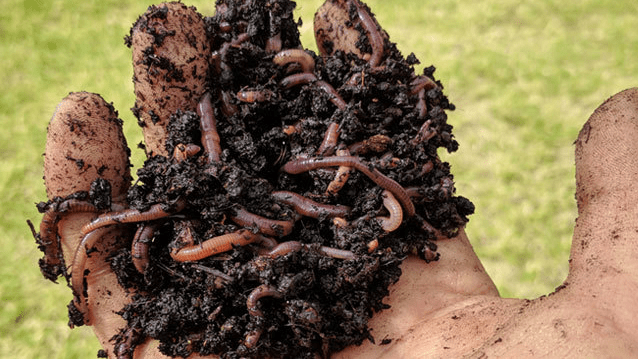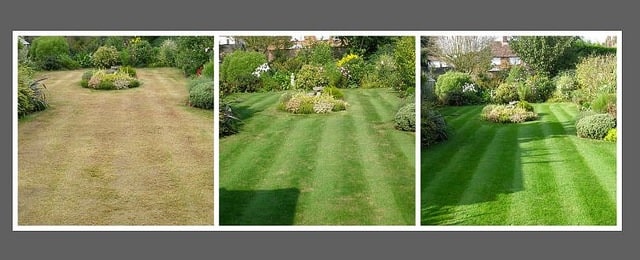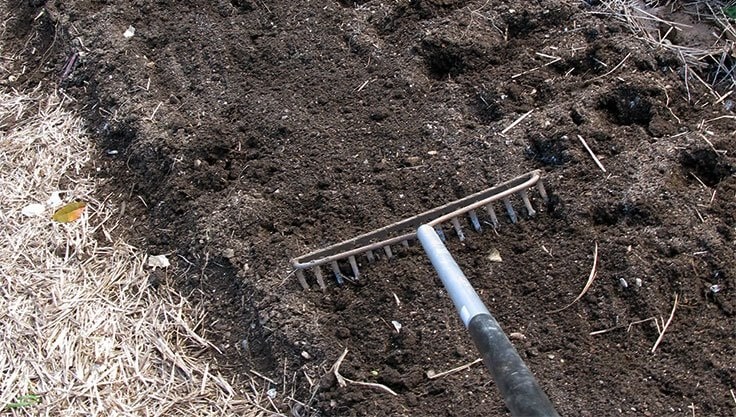Enhance Your Winter Garden Planning: 5 Original Tips to Elevate Your Spring Garden
While the existing advice lays a strong foundation, diving deeper into winter’s unique opportunities can transform your garden from ordinary to extraordinary. Here are five fresh, actionable strategies to enrich your planning process and ensure a thriving, sustainable oasis by spring:
Contents
1. Harness Winter’s “Blank Canvas” for Smart Design
Winter’s bare landscape isn’t just inspiring—it’s practical. With foliage gone, you can:
- Map Sunlight Patterns: Track how light falls across your garden to position sun-loving plants or shade-tolerant species.
- Spot Drainage Issues: Identify pooling water or frost-prone areas to address with raised beds, terracing, or French drains.
- Plan for Wildlife: Use the quiet season to design habitats like bird-friendly shrubs or pollinator corridors with early-blooming plants (e.g., crocuses or hellebores).
2. Prep Soil Like a Pro
Winter is prime time to fortify your soil for spring:
- Test Soil Health: Use DIY kits or professional services to check pH and nutrient levels. Amend with lime (for acidic soil) or sulfur (for alkaline soil).
- Layer Organic Matter: Spread compost or well-rotted manure over beds. Winter freezes and thaws will naturally work these into the soil.
- Try Sheet Mulching: Smother weeds and build fertility by layering cardboard, straw, and compost—ideal for new garden beds.
3. Master the Art of Winter Sowing
Get a head start on growth with these methods:
- Cold Stratification: Some seeds (e.g., native perennials like coneflowers) require frost to germinate. Sow them in milk jug “mini greenhouses” outdoors.
- Indoor Seed Starting: Begin tomatoes, peppers, or herbs under grow lights in late winter for robust seedlings ready for transplanting.
4. Tackle Structural Projects Off-Season
Beat the spring rush by addressing hardscaping now:
- Repair and Build: Fix fences, install irrigation systems, or construct trellises while demand for contractors is low.
- Source Materials Sustainably: Scout end-of-season sales for discounted pavers or reclaimed materials.
5. Embrace Eco-Conscious Planning
Winter is the perfect time to design a garden that gives back:
- Rainwater Harvesting: Plan gutter systems or rain barrels to capture spring showers.
- Compost Zones: Designate areas for composting kitchen scraps and fallen leaves to create nutrient-rich soil.
- Native Plant Selection: Research regional species (e.g., Tirol’s alpine aster or edelweiss) that thrive with minimal water and support local ecosystems.
Bonus: Boost Winter Wellbeing Through Planning
Gardening isn’t just for spring—planning itself is therapeutic:
- Visualize Joy: Sketch layouts or create mood boards with colors and textures that uplift you during gray days.
- Join Communities: Engage with local gardening clubs or online forums to exchange ideas and stay motivated.
By leaning into winter’s unique advantages, you’ll not only save time and money but also craft a garden that’s ecologically resilient and deeply personal. When spring arrives, you’ll step into a space that’s already humming with potential—ready to grow, bloom, and inspire.










